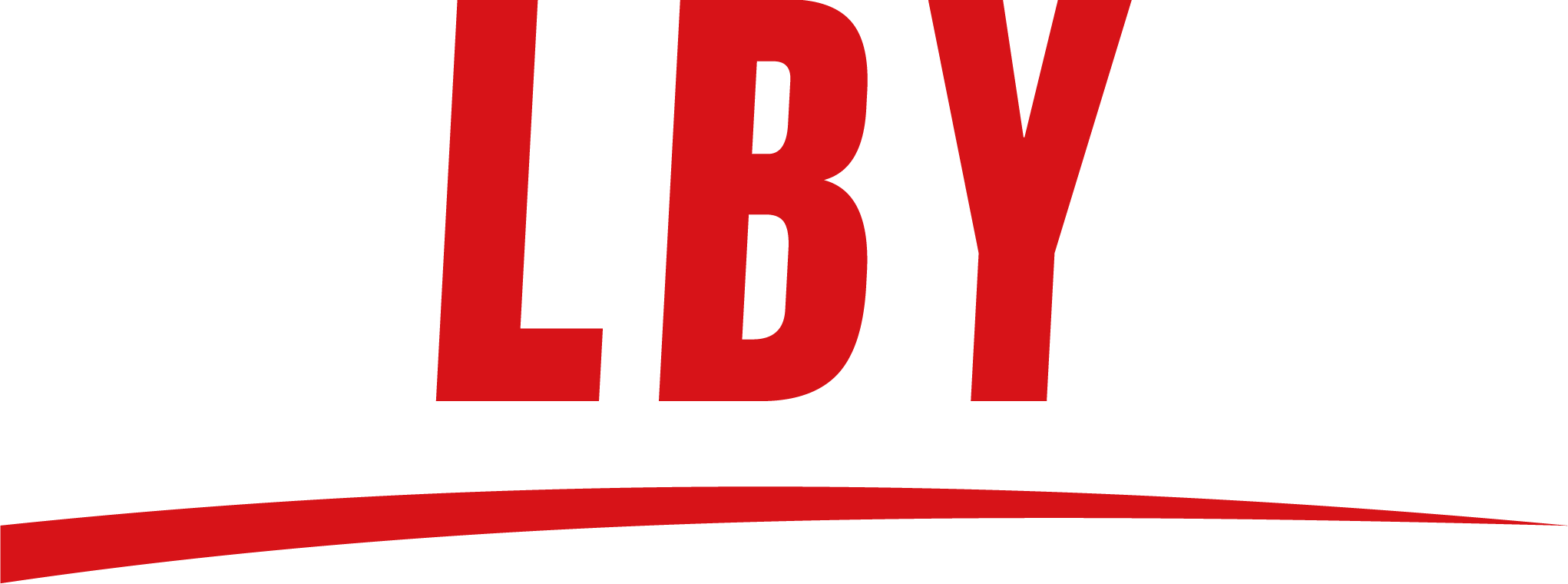





I. Global Market Scale and Growth Dynamics
The global home projector market reached $8.5 billion in size with 28 million units shipped in 2024, projected to grow at a 12% CAGR from 2025-2029. As the core growth engine, China accounted for 38% of global shipments in 2024, with smart projectors (equipped with OS systems) comprising over 85% of the market. In H1 2024 alone, China shipped 2.18 million smart projectors, a 10.3% YoY increase. Market expansion is driven by three key factors: upgrading demand for 100+ inch large-screen home entertainment, 40% cost reduction in laser light sources since 2020, and 25% annual growth in scenario penetration for gaming, education, and outdoor use.
II. Technological Evolution and Product Iteration
- Resolution and Image Quality Innovation
The market share of 1080P projectors dropped from 65% in 2022 to 48% in 2024, as 4K UHD technology rapidly penetrates via pixel-shifting solutions. A leading brand’s 4K projector saw 210% YoY sales growth in 2024, with its all-glass lens group reducing chromatic aberration by 40% and pixel offset error below 0.5 pixels. Meanwhile, 8K resolution models are testing the premium market, achieving cinematic quality with 8.3 million physical pixels.
- Light Source and Brightness Breakthroughs
Laser+LED hybrid light sources have become mainstream for mid-to-high-end models, enabling flexible switching between 2,800 ANSI lumens (high-brightness mode) and 5-hour battery life (energy-saving mode). Traditional LED projectors generally offer 1,500-2,000 ANSI lumens, while laser models now hold 35% of the home theater market, boasting 20,000-hour lifespan and high color gamut coverage (85% Rec.2020).
- Intelligence and Interactive Upgrades
The popularization of ToF sensors and AI vision algorithms has shortened auto-keystone correction time from 3 minutes to 15 seconds, with obstacle recognition accuracy reaching 1mm. Voice control has over 75% penetration, supporting far-field pickup and cross-device linkage (e.g., smart home integration). Some flagship models feature a gaming mode, reducing input lag to <20ms via MEMC motion compensation for console gamers.




III. Consumption Scenarios and Demand Segmentation
- Home Theater Scenario (42% share)
35-45-year-old middle-class families are the core demographic, prioritizing contrast (≥10,000:1), color gamut coverage (≥90% DCI-P3), and audio performance (Dolby Atmos decoding). In the $800-$1,400 price segment, models supporting 120+ inch projection and independent Soundbar interfaces have the highest conversion rates. Data from a top brand shows that models with electric zoom lenses (throw ratio 1.2-1.5:1) have an 18% higher repurchase rate in living room setups.
- Portable & Mobile Scenario (28% share)
25-35-year-olds prefer lightweight designs (≤1.5kg), with WiFi direct connection and 3-hour battery life as must-haves. Among battery-powered portables, models with autofocus and side projection correction see 150% annual search growth, while IP54-certified (water/dustproof) outdoor models have 40% QoQ sales growth driven by the camping economy.
- Parent-Child Education Scenario (22% share)
Parents highly value diffuse reflection eye protection technology—models with TÜV Rheinland low-blue-light certification receive 2.3x more inquiries. Products supporting AR interactive projection and built-in educational resources (e.g., synchronized textbook apps) have an average daily usage of 3.5 hours and 27% higher repurchase rates. Some brands offer kids’ exclusive modes, using distance sensors (auto-dimming at <1.5m viewing distance) and content filtering to attract family users.


IV. Market Competition and Pain Points
- Brand Landscape
The global market features a “traditional giants + smart newcomers” rivalry: legacy brands like Sony and Epson dominate the premium market (65% share in $1,400+ models), while smart brands like XGIMI, JMGO, and Dangbei lead the mid-low end ($280-$800), totaling over 55% share. Cross-border brands like Xiaomi and Huawei are rising rapidly through ecosystem integration—their models with MIUI TV or HarmonyOS have 30% annual penetration growth among smart home users.
- Industry Pain Points
- Technical homogenization: 90% of mid-low end models use the same DLP solution, differing only in design and software;
- Brightness-color balance: High-brightness models (≥3,000 ANSI lumens) often suffer color degradation, while high-gamut products lag in brightness;
- Fragmented content ecosystems: Inconsistent compatibility of video platform memberships across brand OS systems disrupts cross-device viewing.
V. Future Technological Trends
- Form Factor Innovation
Flexible projection technology is emerging—rollable screens combined with ultra-short throw lenses enable 100-inch projection from 0.5m distance. Holographic projection is being tested in premium models, achieving floating imaging via optical waveguide elements. Though costly ($2,800+), it shows differentiated potential in gaming and education.
- Green Energy Technologies
R&D in micro-LED light sources accelerates, reducing power consumption by 30% and extending lifespan to 50,000 hours versus traditional LEDs. Some brands have launched solar-powered portable models with unlimited outdoor runtime, seeing 80% annual interest growth among eco-conscious consumers in Europe and the US.
- Ecosystem Integration
Projectors are deepening smart home linkage—Matter-compatible models enable one-click access to smart home systems, automatically dimming lights and closing curtains in “movie mode”. In education, projector-AR glasses collaboration is landing, using spatial positioning for 360° interactive virtual teaching aids, with STEAM education institutions seeing 55% QoQ growth in purchases.

